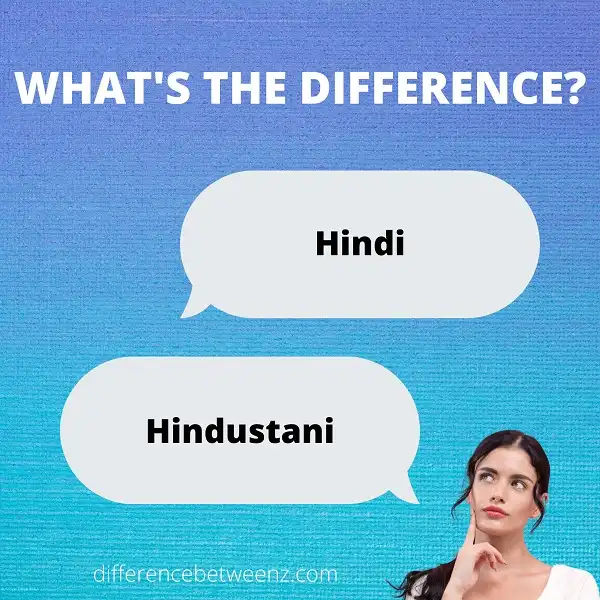There are many languages spoken in India, but Hindi and Hindustani are two of the most commonly spoken ones. While they share some similarities, there are also some key differences between the two. In this blog post, we take a look at some of the key differences between Hindi and Hindustani.
What is Hindi?
Hindi is the most widely spoken language in India, with over 425 million speakers. Hindi is a standardized register of the Hindustani language, which is itself a part of the Indo-Aryan branch of the Indo-European language family. Hindi is written in the Devanagari script and is one of the official languages of India, along with English.
Hindi is also one of the official languages of Fiji and is spoken by a significant minority in South Africa, Mauritius, Nepal, Bangladesh, and Pakistan. Hindi has a long literary tradition and has been used in a variety of genres, including poetry, drama, short stories, and novels. Hindi is also the primary language of Bollywood cinema.
What is Hindustani?
Hindustani is an Indo-Aryan language that developed in the medieval period. It is spoken across Northern India and Pakistan and is one of the official languages of India. Hindustani is a mix of Hindi and Urdu, two closely related languages. The term Hindustani can refer to either the Hindustani language or the Hindustani dialects, which are spoken in different regions of India and Pakistan.
Hindustani has a wide variety of dialects, and the spoken form of the language can vary significantly from one region to another. However, Hindustani also has a shared literary tradition, with a common body of literature and a common written standard. In recent years, Hindustani has been increasingly popularized by the media and television, and it is now one of the most widely spoken languages in South Asia.
Differences between Hindi and Hindustani
Hindi and Hindustani may often be used interchangeably, but there are actually some significant differences between the two languages. Hindi is written in Devanagari script and employs a standardized register that is used in formal settings.
Hindustani, on the other hand, uses a more colloquial register and is written in either Devanagari or Persian-derived Nastaliq script. When it comes to vocabulary, Hindi draws from Sanskrit while Hindustani relies more heavily on Persian and Arabic.
These differences can be traced back to the historical development of the two languages. Hindi developed out of the vernaculars of northern India during the Mughal period, while Hindustani emerged as a “contact language” used by people of different linguistic backgrounds in the urban areas of the subcontinent.
Today, Hindi is spoken by about 48% of the Indian population, while Hindustani is predominantly used in the northern states of Uttar Pradesh, Bihar, and Jharkhand.
Conclusion
Hindi and Hindustani are both languages spoken in India, but they have some distinct differences. For example, Hindi is written in the Devanagari script while Hindustani is written in the Arabic script. Additionally, Hindi has more Sanskrit loanwords than Hindustani. If you’re looking to learn one of these languages for business or travel purposes, it’s important to understand the distinctions between them.


